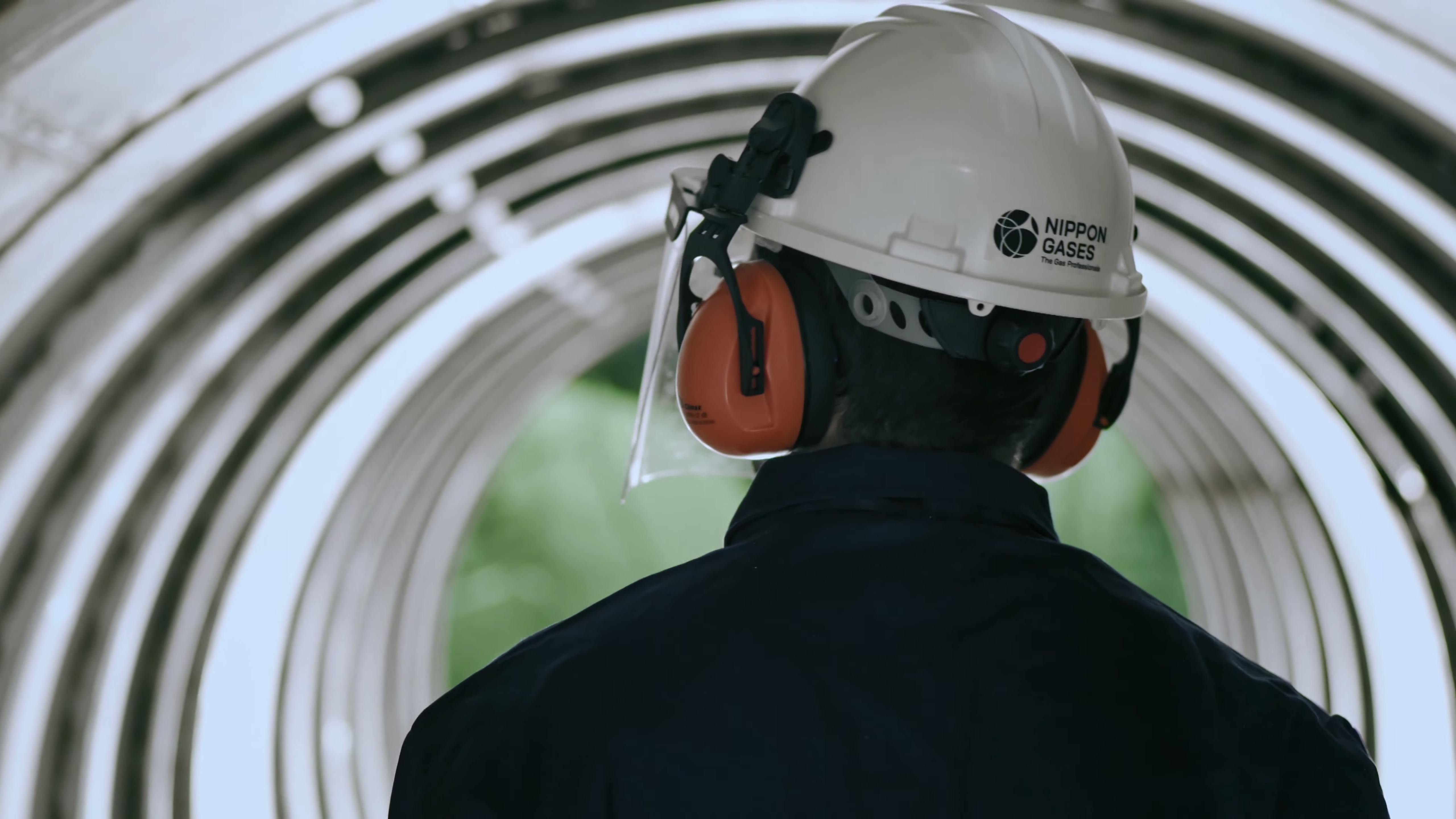The inert gas par excellence
Noble gas, 1.38 times heavier than air, has a low ionization potential, so it can facilitate the formation of an electric arc. Argon has a tendency to concentrate penetration of the weld bead into the base material. It also offers a good influence on the stabilization of the electric arc.
-186 °C
Boiling point.
1,52 J/mol
First ionisation energy
Low ionization energy, simple to create electric arc.
1,3797
Relative density
More heavy of air, good protection in each positions.
Related Gases
Acetylene for welding
Extremely unstable combustible gas under normal conditions. It is treated in special cylinders stabilised with a solvent: usually acetone. It generates a high flame temperature and remains the most productive fuel gas in this type of process.
Read more
Helium for welding
Low density inert gas. It is not usually used pure. It has a high ionisation potential, which on the one hand provides low stability and costly ignitions, and on the other hand, the advantage of being able to work with extreme parameters. This, together with its high thermal conductivity, provides highly energetic arcs and very fluid baths, which increases the welding speed.
Read more
Nitrogen for welding
Inert gas at room temperature but reactive at arc temperature. It is used in small percentages providing good stability, increasing thermal input and fluidity and increasing speed. Thicker penetrations than argon. Widely used alone or mixed with hydrogen as a back-up gas. Assist gas in laser cutting.
Read more
